There are certain flag football routes and plays that are so popular and so specific to the sport that they become universally known by a certain name as players begin to pass them around from team to team. As a receiver, I know that as I was learning the game, at different points a quarterback would tell me to run a certain route by a specific name and I had no idea what he was talking about or how he wanted me to run it.
In this guide I’m going to detail 3 specific routes that many teams use and where it’s name came from, as well as how to run it in correctly so you will know exactly what to do the next time you hear it called in the huddle.
 PCP
PCP
Also referred to as “Drugs”, named for the Post-Corner-Post route that is highly effective against man coverage techniques with a good route runner.
A staple route of many of the top 4on4 and 5on5 teams, this route is designed to set up the defender to think you’re running a basic post corner and then with the 3rd move beat him back to the post. The quarterback will typically pump fake on the second move towards the corner, drawing the safety or defender to that side anticipating the double move. Most teams will run this route out of the slot so that there is a legitimate threat of running either the post or corner route. As with a typical post route, the first leg is approximately 8 yards or so, followed by 1-2 steps into the post and 1-2 steps back to the corner, then finishing by cutting back to the post route.
 IOU
IOU
Named after the route combo of In, Out & Up, also highly effective against man coverage.
A recent favorite of mine, this route is designed to draw the defender in expecting a simple curl with a fake towards the inside and spring out to the flats, then take advantage of his aggressiveness and wheel up past him up the sideline. The quarterback ideally will roll to his side, give a hard pump fake once the receiver cuts back towards the out then float the ball over the top once the receiver spins up the sideline. I like to run this play with a post out of the slot to draw the other defender away from the play in man or zone, leaving the sideline wide open.
 PANIC
PANIC
Discovered by the Germans in 1904…I’m sorry, I was trying to impress you. I don’t know what it means. I’ll be honest, I don’t think anyone knows what it means anymore. Scholars maintain that the translation was lost hundreds of years ago.
A goal line specific play, Panic is a route designed to get the defender to bite on the initial curl just enough to allow the quarterback to deliver the ball to the back of the endzone where only the receiver can get it. This play is very dependent on a good route and a good pump fake by the quarterback, followed by a good throw, but if everyone is on target then the route is very hard to stop. It is run similar to a basic stop-and-go in the open field, except the quarterback will deliver the ball immediately after pump faking on a fade to the back of the endzone. Timing is key on this play.
Next in this series we’ll discuss a couple more routes or plays that are staples of many teams playbook which you will want to become very familiar with!


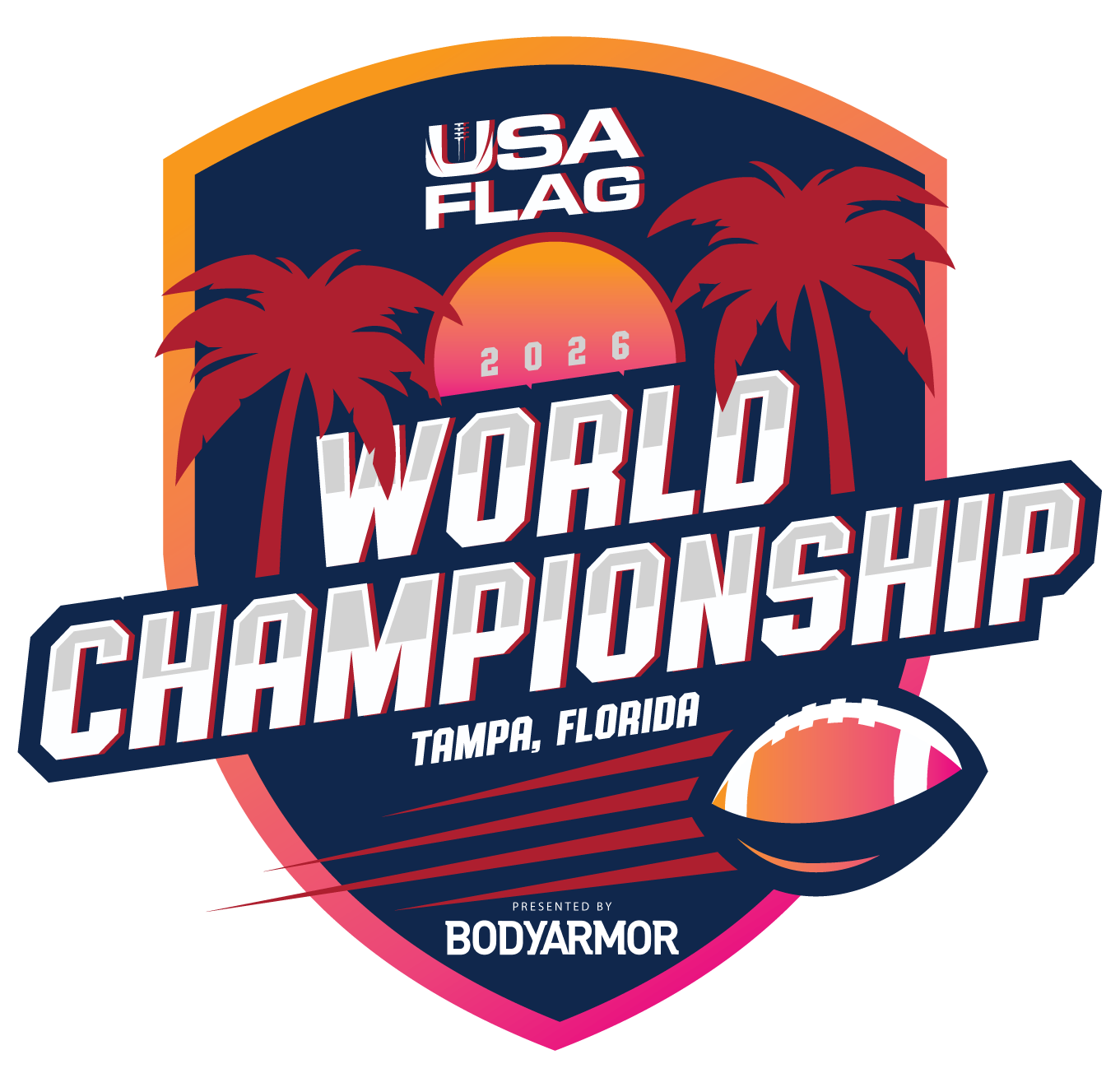
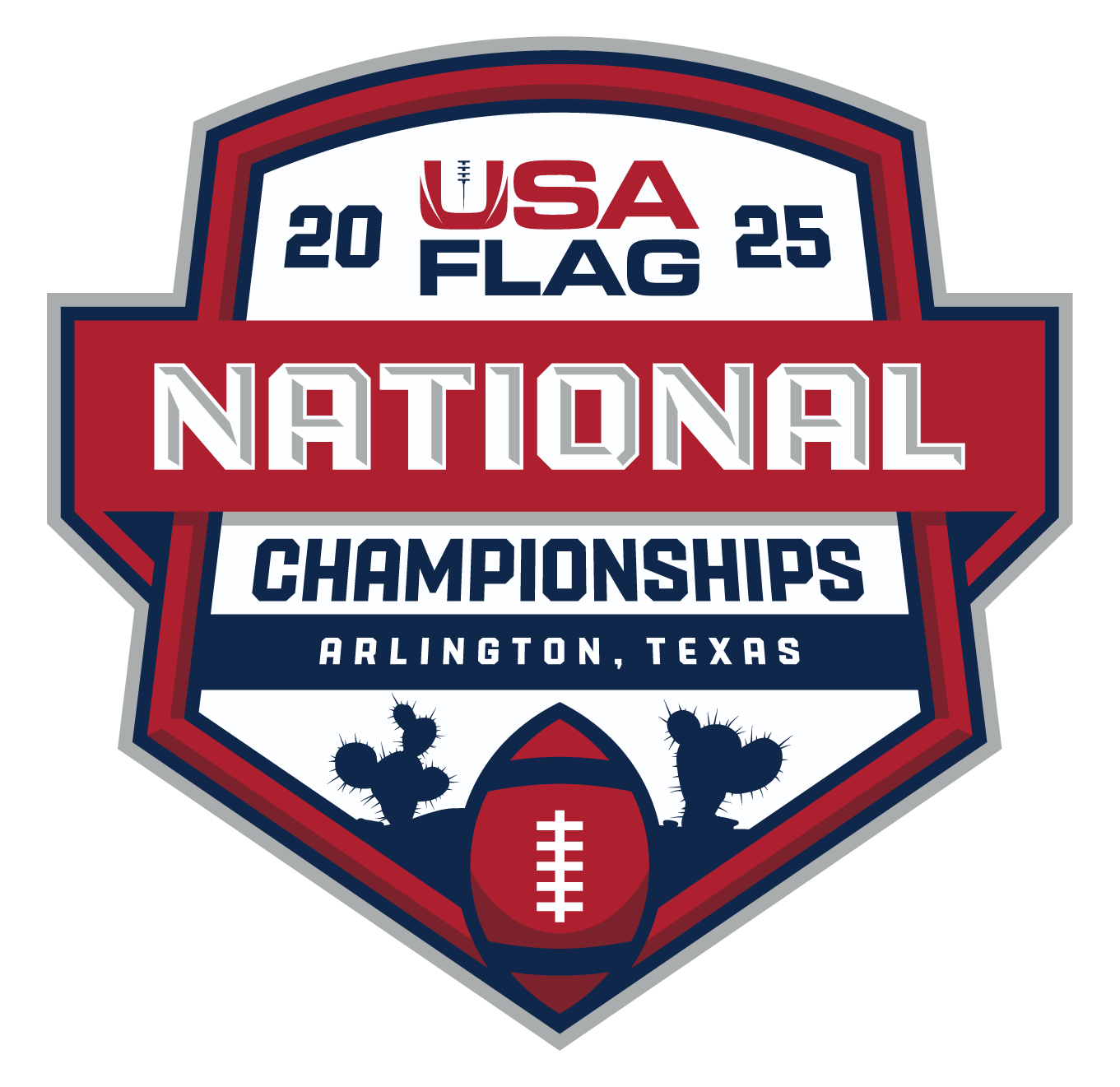
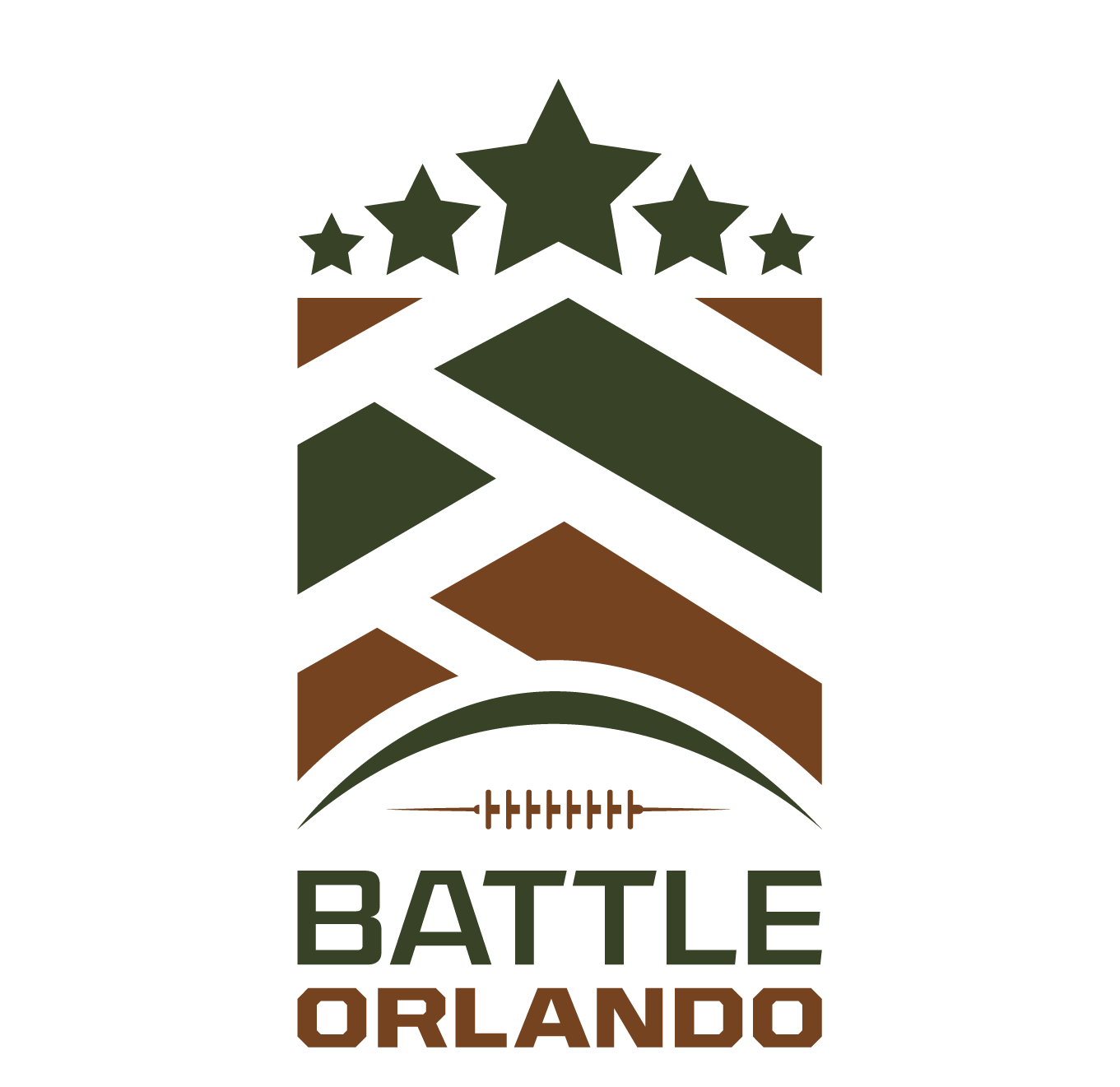

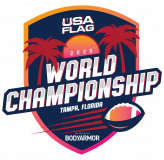
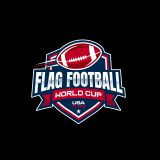
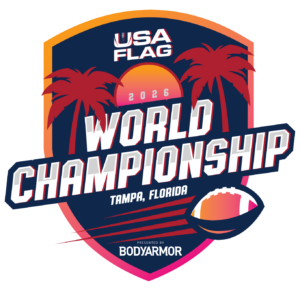
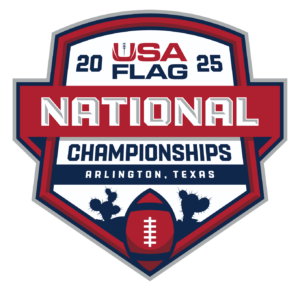
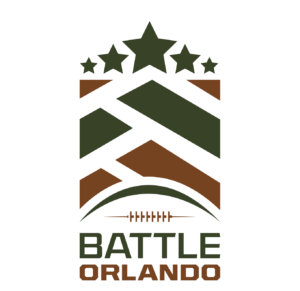

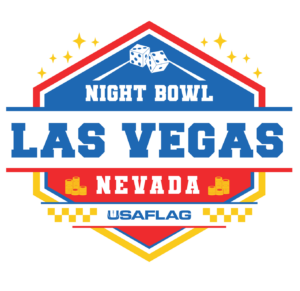
No Comments